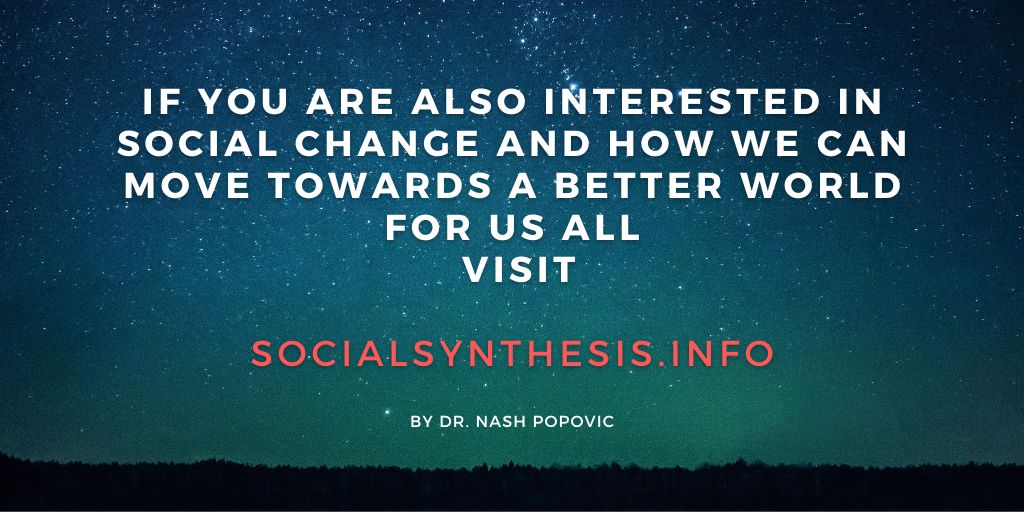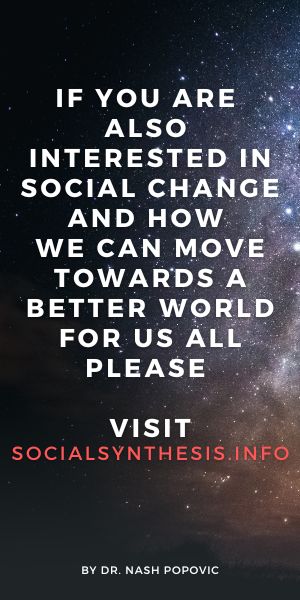Interaction Group
This group consists of the areas that constitute human interactions.
- Appearance is usually the first communication that we make with others (at least in face to face interactions). It has a huge influence on impressions we form of each other and can colour all other aspects of an interaction. This is why Appearance is in the root of this category.
- Awareness of others differs from self-awareness and awareness of the world around us. Self-awareness (awareness of your own thoughts, feeling or desires) is direct – you don’t need senses for that. Awareness of the world around us is less direct – it depends on our senses (eyes, ears, etc.). However, awareness of others (their inner world) is even more indirect. We need to extrapolate their thoughts and feelings on the basis of what they say and do. So awareness and understanding of others involves an active process that requires willingness and effort. This is why this area (as with the other areas in this group) belongs to the agency mode.
- Communication, broadly speaking, focuses on transmitting information. It can be considered a counterpart to the above area that includes listening and observing. It may seem strange to separate listening and communicating into discrete areas when they are often interlinked. However, it is not uncommon to use one without the other (e.g. giving a speech, listening to the radio) which indicates that they consist of distinctive skills that can be approached independently.
- Behaviour has been defined in the academic world as ‘a class of events which occurs during co-presence and by virtue of co-presence.’(1) Putting it in more familiar terms, behaviour refers to a manner of conducting ourselves during an interaction with others. Behaviour consists of many elements, so this area overarches and, at the same time, relies on, the other areas in the group (although, of course, it cannot be reduced to them).
All of these areas involve our agency (to a large extent, we create our appearance or what we say, and are pro-active even when listening), which is why this group belongs to the agency mode.
(1) Goffman, E. (1967) Interaction Ritual. London: Penguin, p.1.

